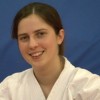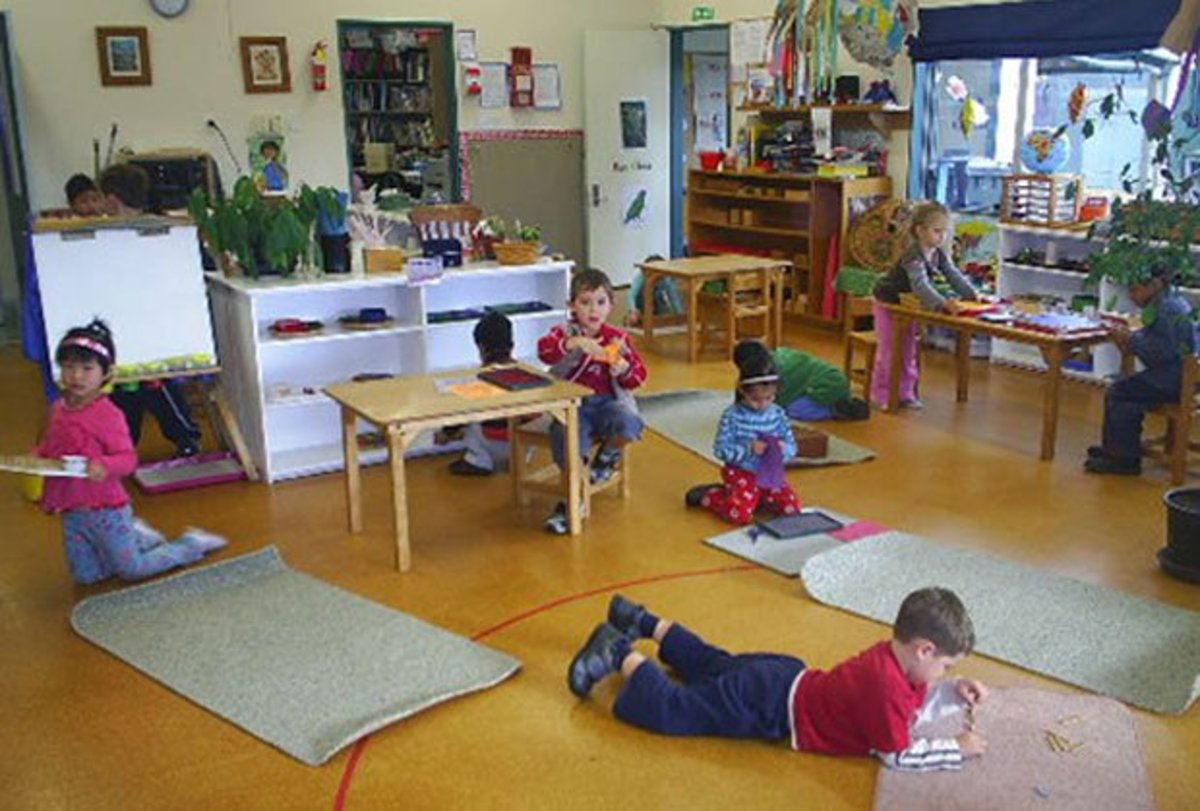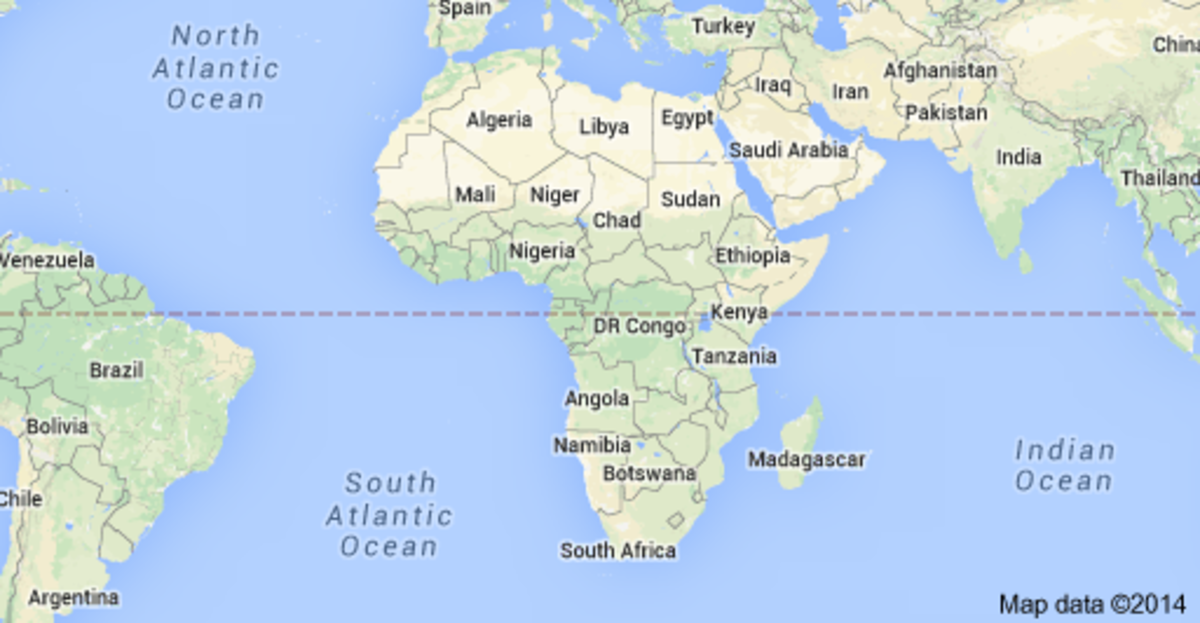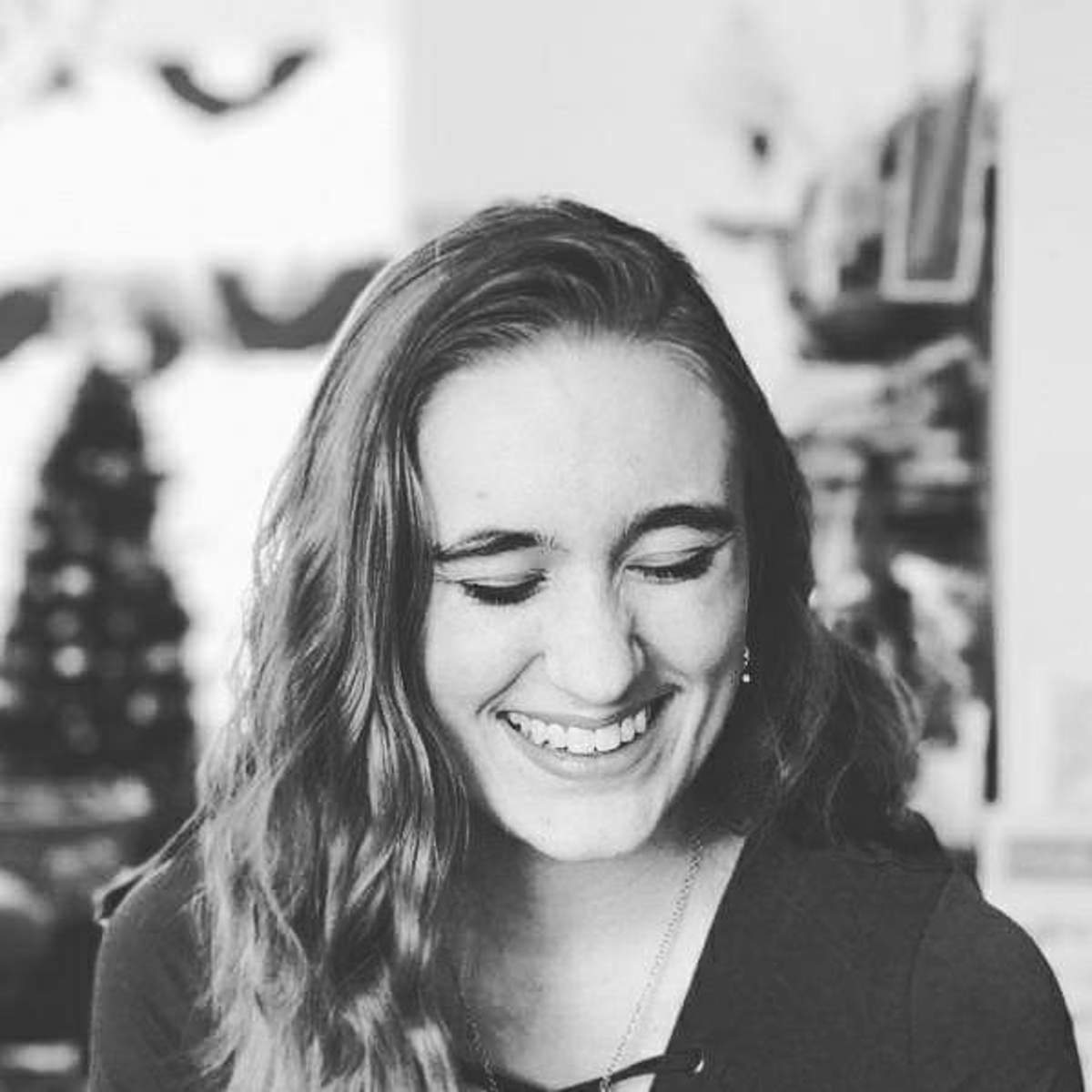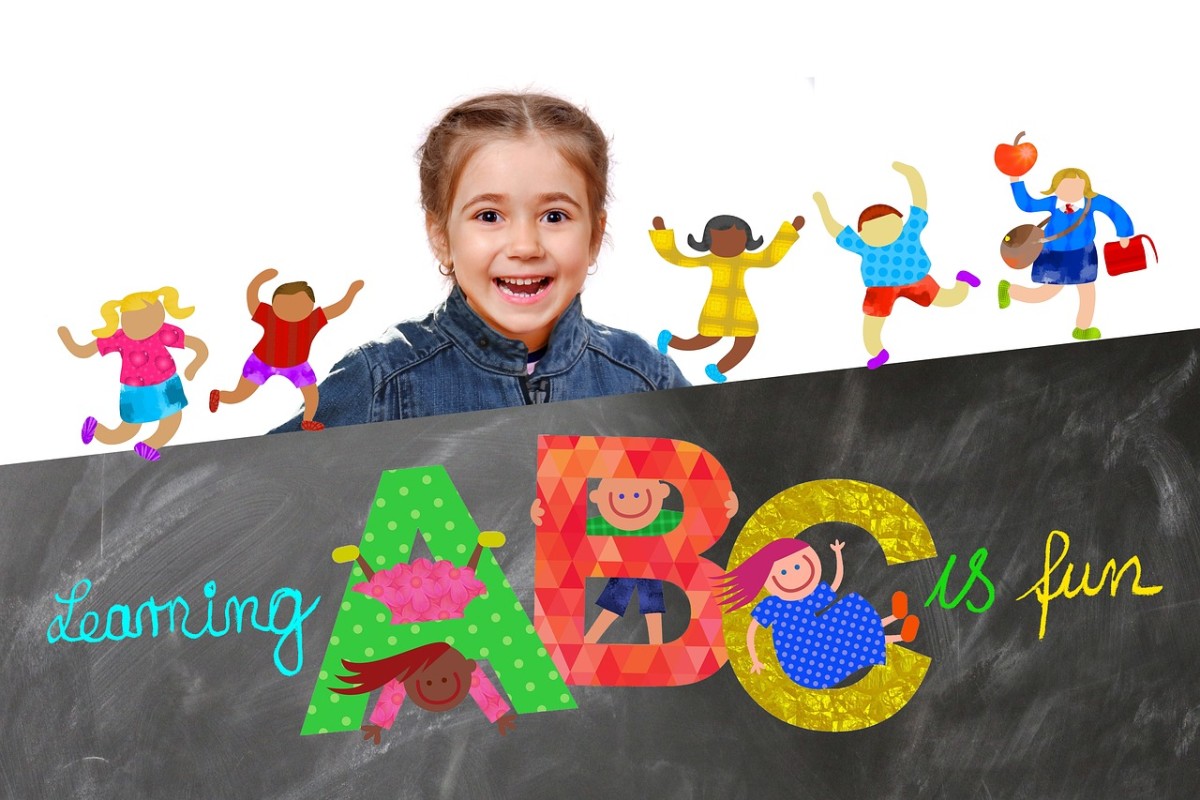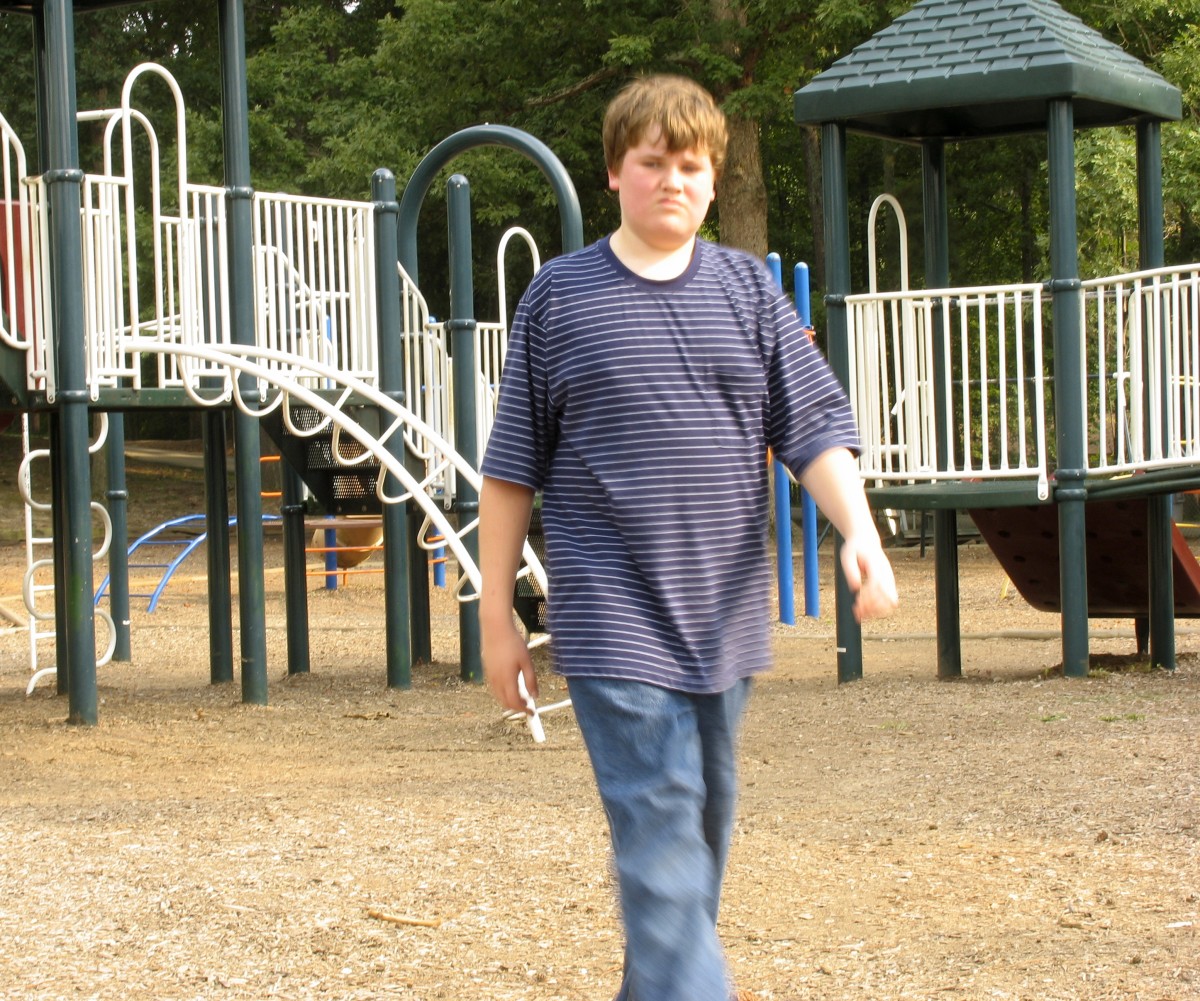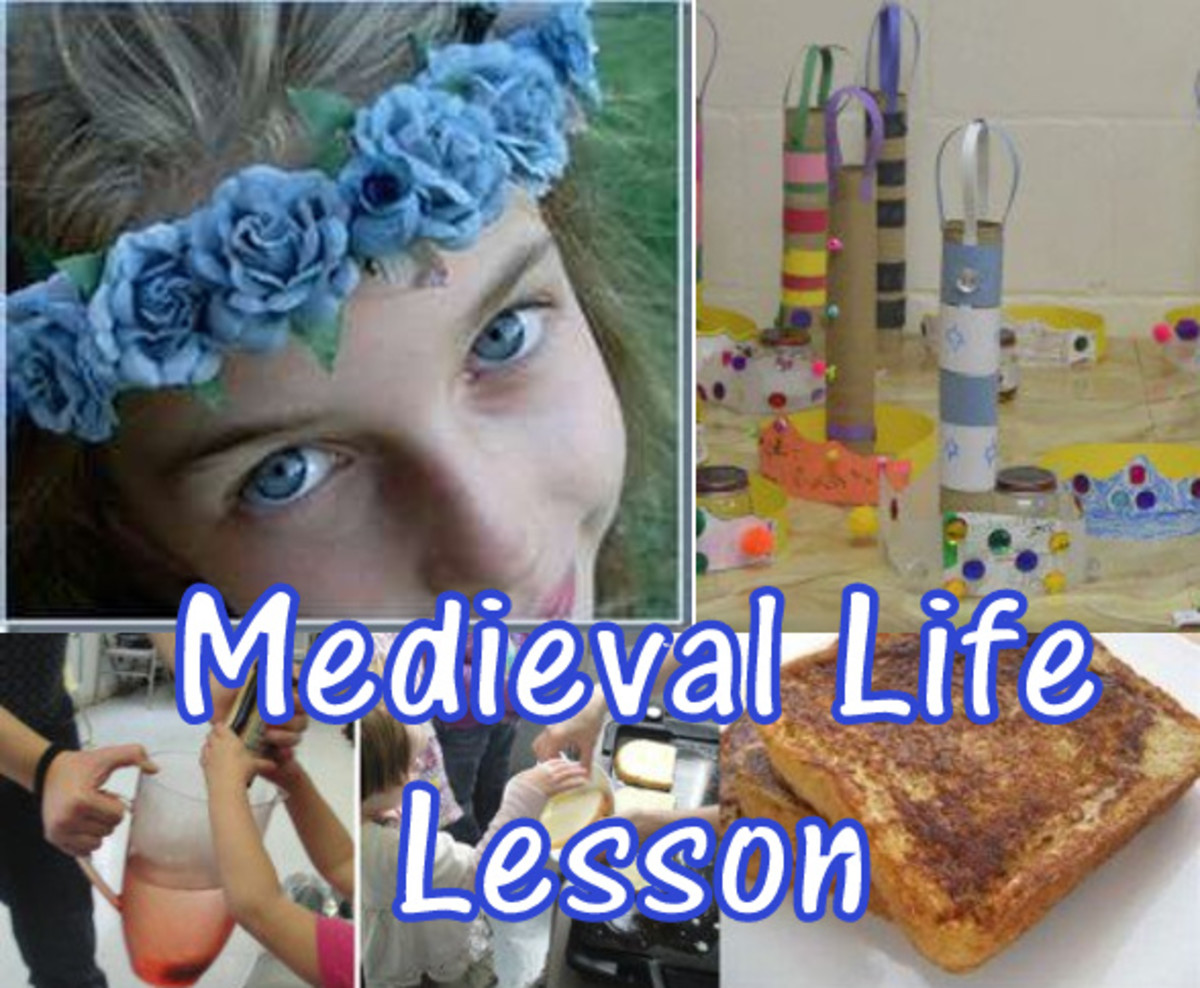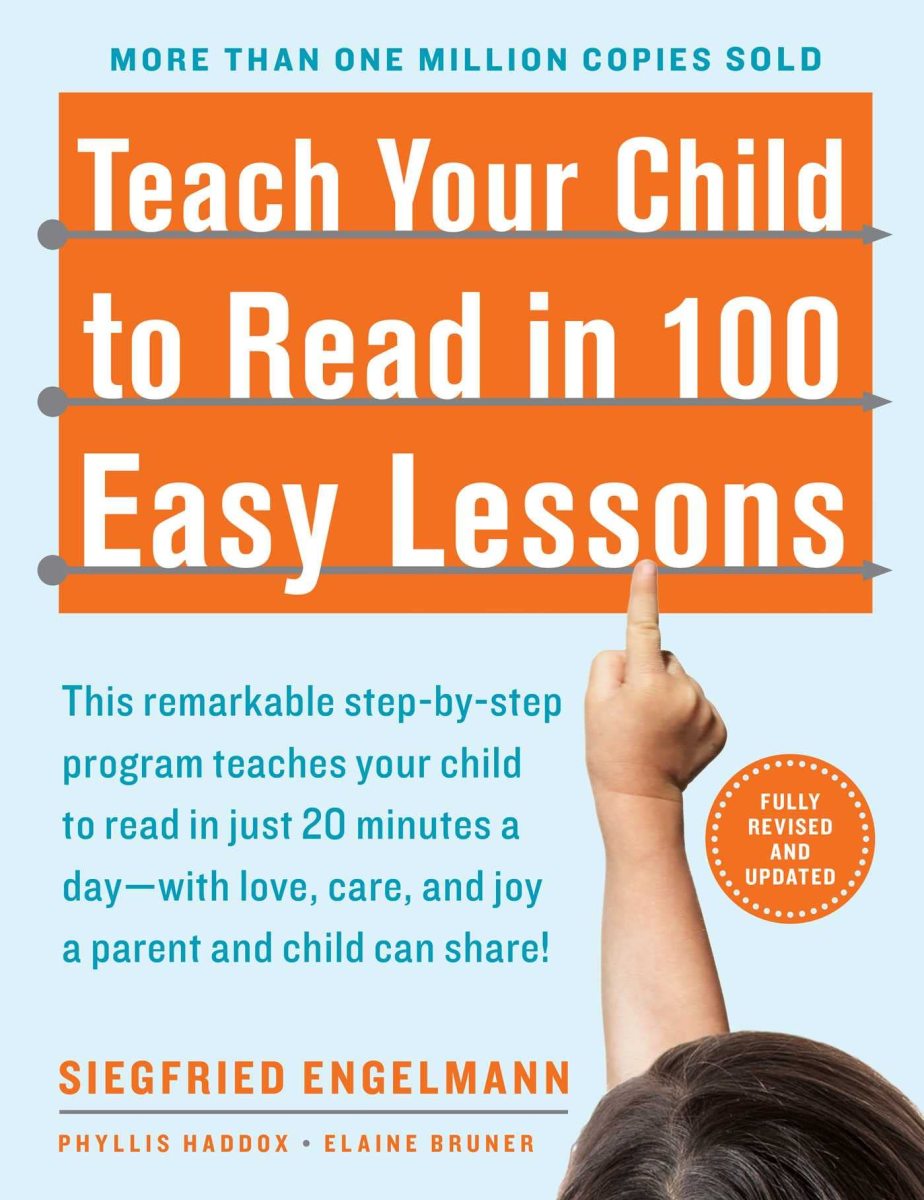The English Education System
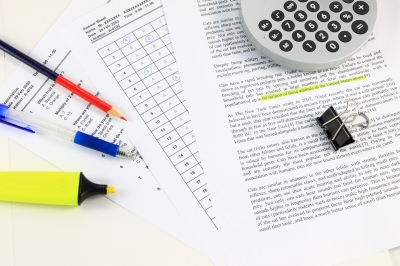
The UK education system
There are four main sectors where you can teach in the UK and all of them are vastly different. This article will give you an overview of each.
Primary Teaching
As a Primary school teacher you will be responsible for a class of approximately 30 children who you will see day in, day out for a year. You will have a weekly timetable of National Curriculum subjects and will be expected to teach most, if not all of these. Occasionally, a school may call in a specialist for subjects like music or MFL, but this does not happen very often. Primary schools have Literacy and Numeracy hours each morning and varying subjects in the afternoon. Classes usually consist of students from a single year group, but smaller schools may contain mixed-age pupils. Below I have outlined the year groups in each Key Stage and the age of children in them.
- Early Years - this stage is divided into Nursery and Reception. Nursery students tend to start at 3, and Reception students will turn 5 during the academic year.
- Key Stage 1 - this stage contains students from years 1 and 2. Year 1 students turn 6 during the academic year, and year 2 students turn 7.
- Key Stage 2 - Year groups range from 3 to 6. Year 3 students turn 8 during the academic year, and year 6 students turn 11. Modern Foreign Languages (MFL) become compulsory in this Key Stage, generally for an hour a week.
Some Primary schools only contain one Key Stage (Infant for EYFS and KS1, and Junior for KS2), but many contain both Key Stages and EYFS. Depending on the school you are working at, you could end up teaching any year group depending on the academic year. It is unlikely, however, that you would be put down to Reception or year 1 the following year if you were used to teaching Year 6, for example.
Secondary Teaching
Secondary school teachers specialise in one or two subject areas and will sometimes see 5 or 6 different classes each day. In an ideal situation you would have your own room where all of your resources and equipment are readily available, but in some schools you may sometimes be timetabled into a few different rooms. It is normally advisable to have a degree in the subject you wish to teach or at least a related degree. Some schools have sixth forms attached to them, so you may be required to teach your subject up to A Level standard. Most secondary schools are divided into two Key Stages, but as mentioned above, those with a sixth form are divided into three.
- Key Stage 3 - In most schools this Key Stage includes years 7 - 9, but some schools have reduced this Key Stage to years 7 and 8. Students will study a range of subjects, from Maths, English, MFL and Science, to Music, Geography and PE. This Key Stage is designed to develop student's knowledge of a wide range of subjects so that they have the opportunity to discover their interests and think about what they may want to study in Key Stage 4.
- Key Stage 4 - Usually contains students in years 10 and 11, but some schools include year 9 as well. Students study for their GCSE exams (or equivalents) in the core subjects of English, Maths and Science, and also whatever they chose for their options.
- Key Stage 5 - This is where students study for their AS and A Levels or equivalents. Some may study vocational courses such as Mechanics or Hairdressing.
Further Education
Further Education and Sixth Form teachers again specialise in one or two subject areas and are expected to have a high degree of expertise in their chosen field. Students here may be gaining their A Levels in the hope of getting into University to study your subject at degree level. Although you will generally have less behaviour problems than in Secondary, you will have a heavy work load in terms of marking and assessing. Pressure can be intense as colleges want good results to attract future students.
Special Education
Children in special schools are normally statemented as having moderate to severe and profound special educational needs. They have been identified as needing a lot more support to reach their potential than a mainstream school would be able to provide. As a special school teacher you will have much smaller classes (perhaps 5 - 10 students) and a team of teaching assistants to manage. You will generally follow the National Curriculum but in a highly differentiated fashion in order to make it accessible to children who have severe special needs.
Schools for children with moderate to severe learning difficulties may split off into subjects at secondary level, similar to how mainstream secondary schools work. Schools for children with severe and profound learning difficulties are usually still single class based, like you would find in a primary school.
Although you usually don't have the pressure of getting your children through exams, they still follow the National Curriculum, and there is an expectation to help them progress through the P Levels.
Schools for children with emotional and behavioural difficulties (EBD) also fall into the special education sector. Children at these schools have a lot of emotional and social problems that require patience and understanding. There is a higher risk of injury in an EBD school, but you will be taught how to deal with it and diffuse situations where possible. It takes a lot of energy and determination to work in the special education sector, but it is extremely rewarding.
Hopefully you will now have a basic understanding of each of the teaching sectors and will be able to think about the one you might like to get into. If you would like any more information about anything I've mentioned, please leave a comment, and I will try to answer your questions.
